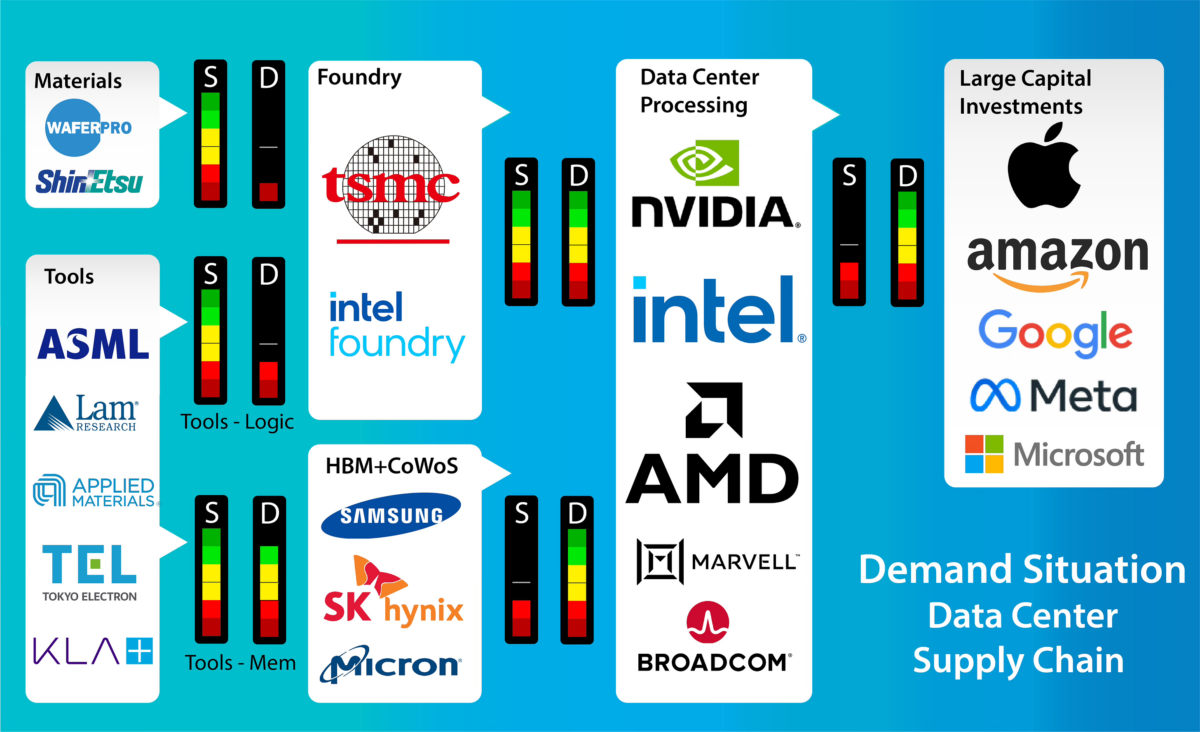siliconbruh999
Well-known member
I blame Swan on Axing GPU division if intel planned for GPU it could have More than AMD worth of Revenue in GPU because Intel Knows how to do Software a knowledge AMD Lacks in both CPU/GPU Intel is one of the largest contributor of Open Source Software a thing that is holding AMD backThis is what I think should happen.
Intel could spin off or sell everything that isn't profitable, except for GPU/AI.
It is still early days in AI, and if Intel got rid of it's other capital sinks, and kept just the x86 cash cow along with the AI/GPU business, they could invest $10b a year into GPU/AI accelerator development and associated software ecosystem.
Last edited:


